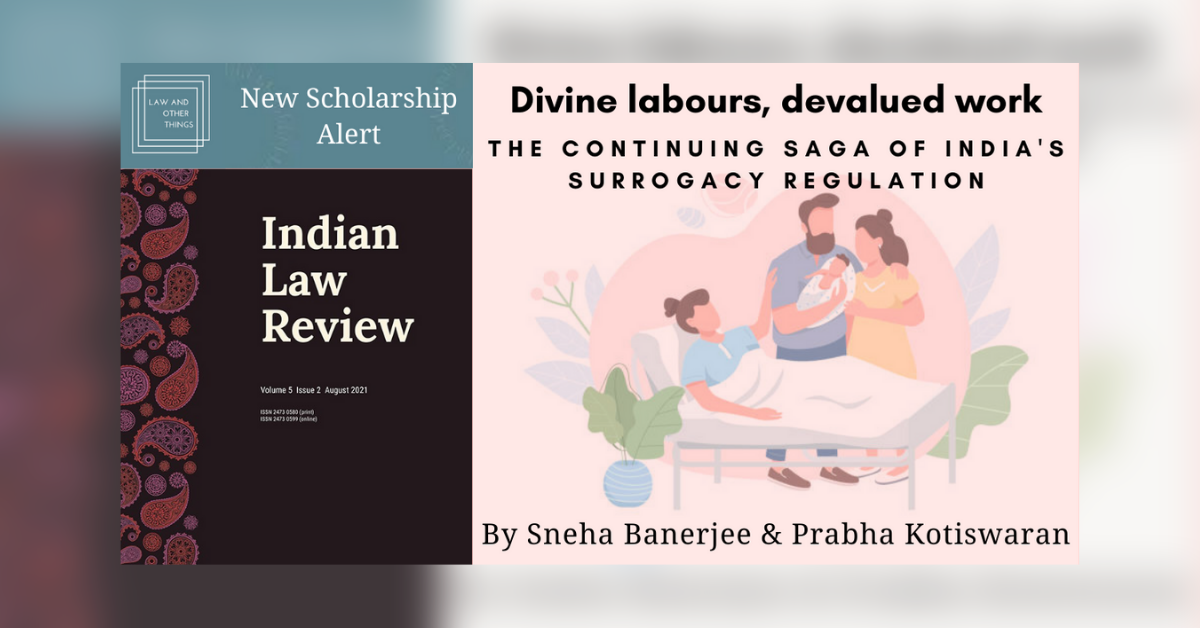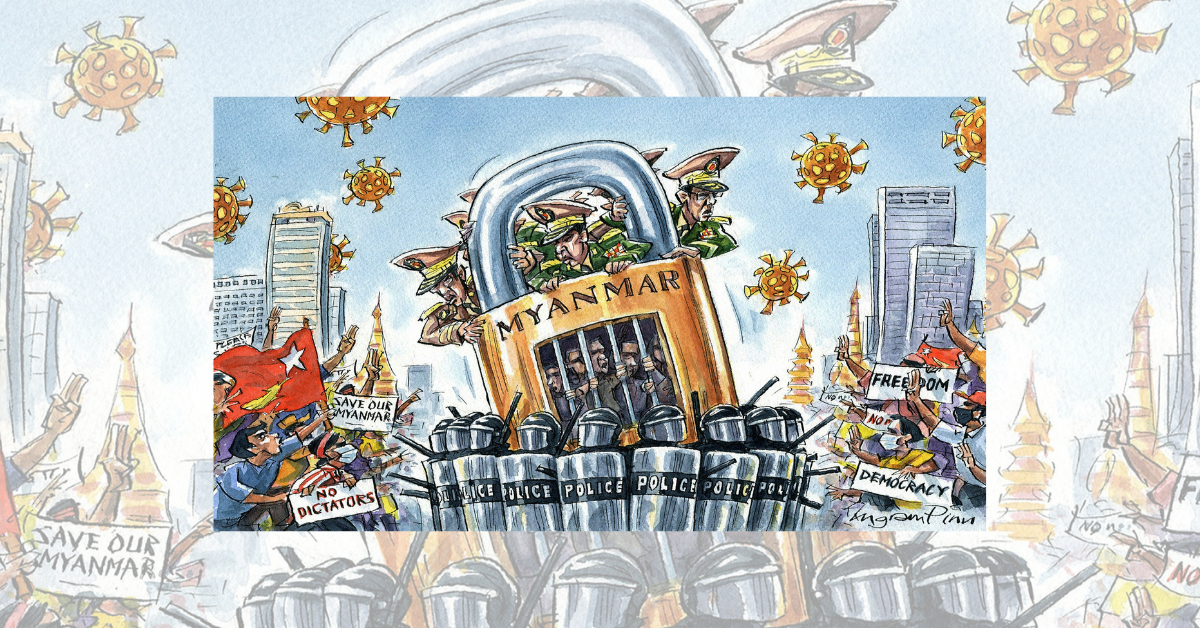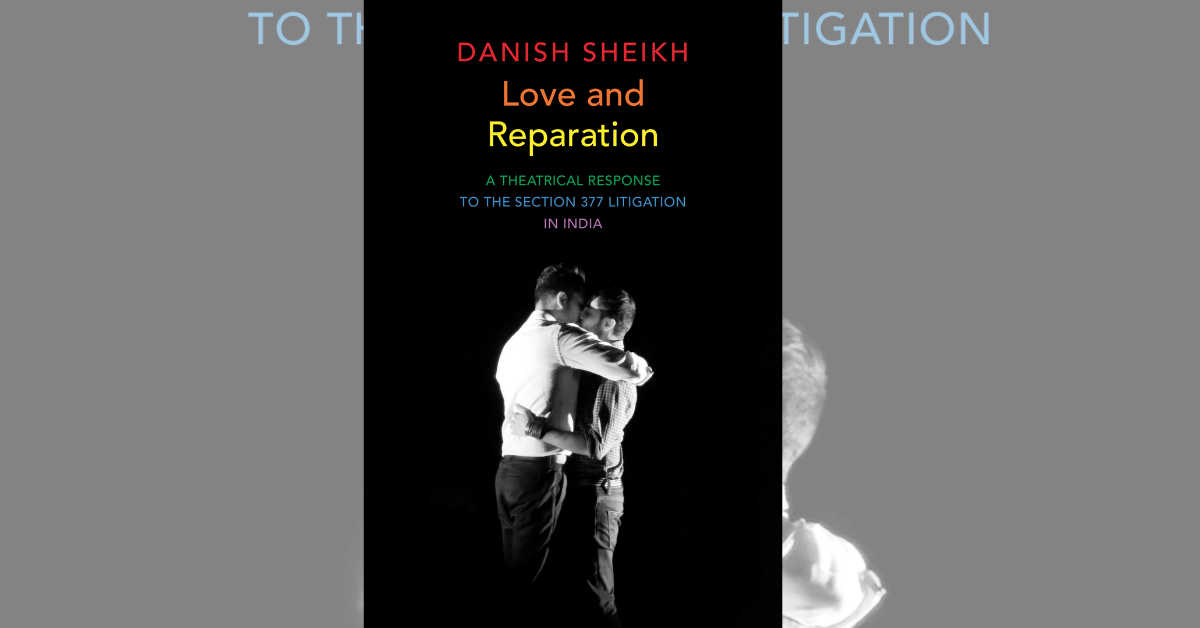Ed Note: As part of our New Scholarship section, we have been inviting discussants to respond to the public law themed articles featured in Volume 5 the Indian Law Review. You can access all the...
Ed Note: [This piece is Part 1 of a 2-part series discussing the exclusionary effect of the Aadhaar Act. In this post, our analyst Nitya Ravichandran, discusses the impact of Section 7 of the Act...
This article highlights the significance of the J&K Constituent Assembly Debates for constitutional interpretation. All the volumes of J&K CADs and the Autonomy Report 2000 can be accessed on our...
Ed Note: As part of our New Scholarship section, we have been inviting discussants to respond to the public law themed articles featured in Volume 5 the Indian Law Review. You can access all the...
This piece analyses the recent Myanmar coup vis-a-vis the country's questionable democratic status.
[Ed Note: Over the next few days, we shall be discussing Danish Sheikh’s new book, Love and Reparation: A Theatrical Response to the Section 377 Litigation in India (Seagull Books, 2021). This is...
The article, while discussing the legalities of the litigation concerning the author's client, attempts to unpack the implications of the Digital Millenium Copyrights Act (DMCA) on Application...
Ed Note: As part of our New Scholarship section, we have been inviting discussants to respond to the public law themed articles featured in Volume 5 the Indian Law Review. You can access all the...
[Ed Note: As part of our New Scholarship section, we have been inviting discussants to respond to the public law themed articles featured in Volume 5 the Indian Law Review. You can access all the...
[Ed Note: Over the next few days, we shall be discussing Danish Sheikh’s new book, Love and Reparation: A Theatrical Response to the Section 377 Litigation in India (Seagull Books, 2021). This is the...






